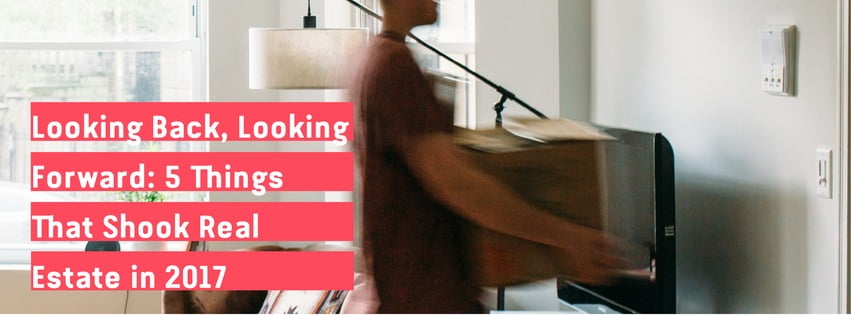
2017 was an interesting year in real estate, both locally and globally. Politically-motivated tragedy made global news and changed the way we conceive of the safety of our homes, first home buyers got their big break and ‘generation renter’ took centre stage. In this Think Property & Co Blog, we take a look back at 5 things that shook real estate in 2017, and look ahead to what lies ahead in 2018.
- First Home Buyers Got Their Big Break
On July 1 2017, the Victorian Government abolished stamp duty on properties under $600,000 for first home buyers, and offered concessional rates on properties up to the value of $750,000. Incentives were also put in place for those buying and/or building brand new homes – a dual-pronged approach which gave the ‘priced out’ first home buyer the leg up they’d been anticipating. While demand slowed in the lead up to July 1 – largely because both vendors and buyers were waiting until the new financial year to purchase – the property market continued on its upward trajectory, pushing Melbourne’s median house price up well over $100,000 in the space of 12 short months. As supply has followed suit, purchaser demand has begun to cool slightly and it is expected to continue doing so into the cooler months of 2018.
- Cladding Caused Global Controversy
The fatal inferno that engulfed Grenfell Tower in London had the world glued to global news coverage for days on end. When the fire was swiftly linked to poor quality cladding used in the building’s refurbishment a few years prior, Australia took notice. Task forces are now in place to identify buildings that don this cheap grade of cladding, and laws introduced on December 18 prohibit building companies from using non-fire retardant materials in their projects.
- House Prices Did Their Thing
One in three Melbourne suburbs now have a $1million median house price, following incredible purchaser demand over the past 12 months. A decade ago, just seven suburbs were priced in this range. Despite buyer demand beginning to cool, Melbourne’s rapidly expanding population is set to force more suburbs into the million dollar club in 2018.
- Tenants Took Over
‘Generation renter’ reigned strong in 2017, as the Victorian Government’s proposed rent reforms under the Rent Fair Victoria scheme threatened to flip the leasing market on its head. As yet to pass in parliament, proposed changes include tighter landlord regulations concerning the acceptability of pets in rental properties, a cap on rental increases and stricter rules around terminating tenancies. 2018 will be the year these reforms pass – or not – potentially dampening landlord enthusiasm.
- Investors Took A Hit
In addition to being informed they must have a more pet-friendly attitude to their investment property, real estate investors took several hits in 2017. APRA lending restrictions made it tougher and more expensive to land investor mortgages, and tax changes reduced the amount of tax concessions available to those with investment properties. Vacant Property Tax in place as of January 1 also affects investors, though only those with properties deemed ‘vacant’ in certain areas of Melbourne.
Only time will tell how impactful these changes upon the property market will be as we move into 2018. As demand for rental properties increase, discussions are being had surrounding Victoria’s auction culture: will it soon spread to the leasing market pitting tenant against tenant? If new legislation results in fewer investors, could young people end up ‘priced out’ of the rental market as well as the buying market?

